What Is Hacking (Tacha)? Benefits, Tips & Disadvantage of Hacking (Dents)
What is Hacking?
Before plastering a wall it is made rough so that plastering can be done efficiently. In civil engineering, the word ‘hacking’ is used for this process of making the back ground rough before plastering for better bonding of mortar with R.C.C. Structure. In Local language hacking called Tacha.
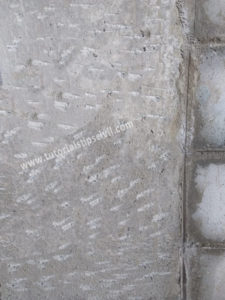
Why Hacking /Striking is Important? Tips for making Hacking or Dents.
- Hacking is very important if you want plastering in any structure.
- It’s help to hold mortar while plastering work.
- All R.C.C. works shall be hacked with “Tacha” by the labour contractor at his cost, while the concrete is green.
- It is understood that hacking shall be at least 350 – 400 notches (dents ) per sq.m (30-40 Nos/ S.ft.) of any structure surface area.
- Use special tool for making hacking (striking ) in RCC structure for better result and also for save time.
- Hacking should be done at least after days from date of removing shuttering plate.
- Proper curing should be ensured before hacking is done to avoid any hairline cracks.
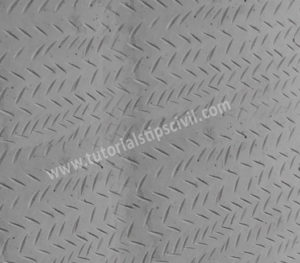
Disadvantage of Hacking work?
- The biggest disadvantage of hacking is that it weak the structure and hairline cracks develop which is vulnerable to water seepage.
- Manually making of hacking it’s take lost of time if you have many structure.
For Better understanding about Civil Engineering
Visit our ![]() Channel for more information.
Channel for more information.



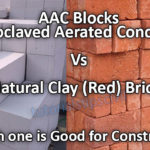



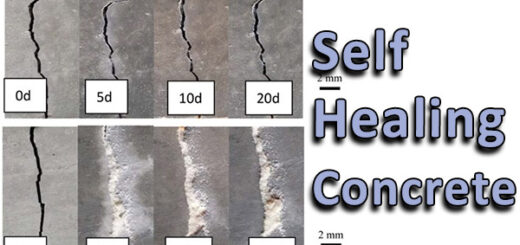

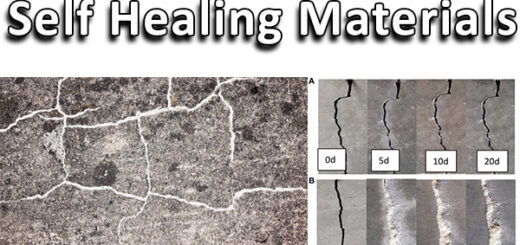
Thanks. I was finding the same information.